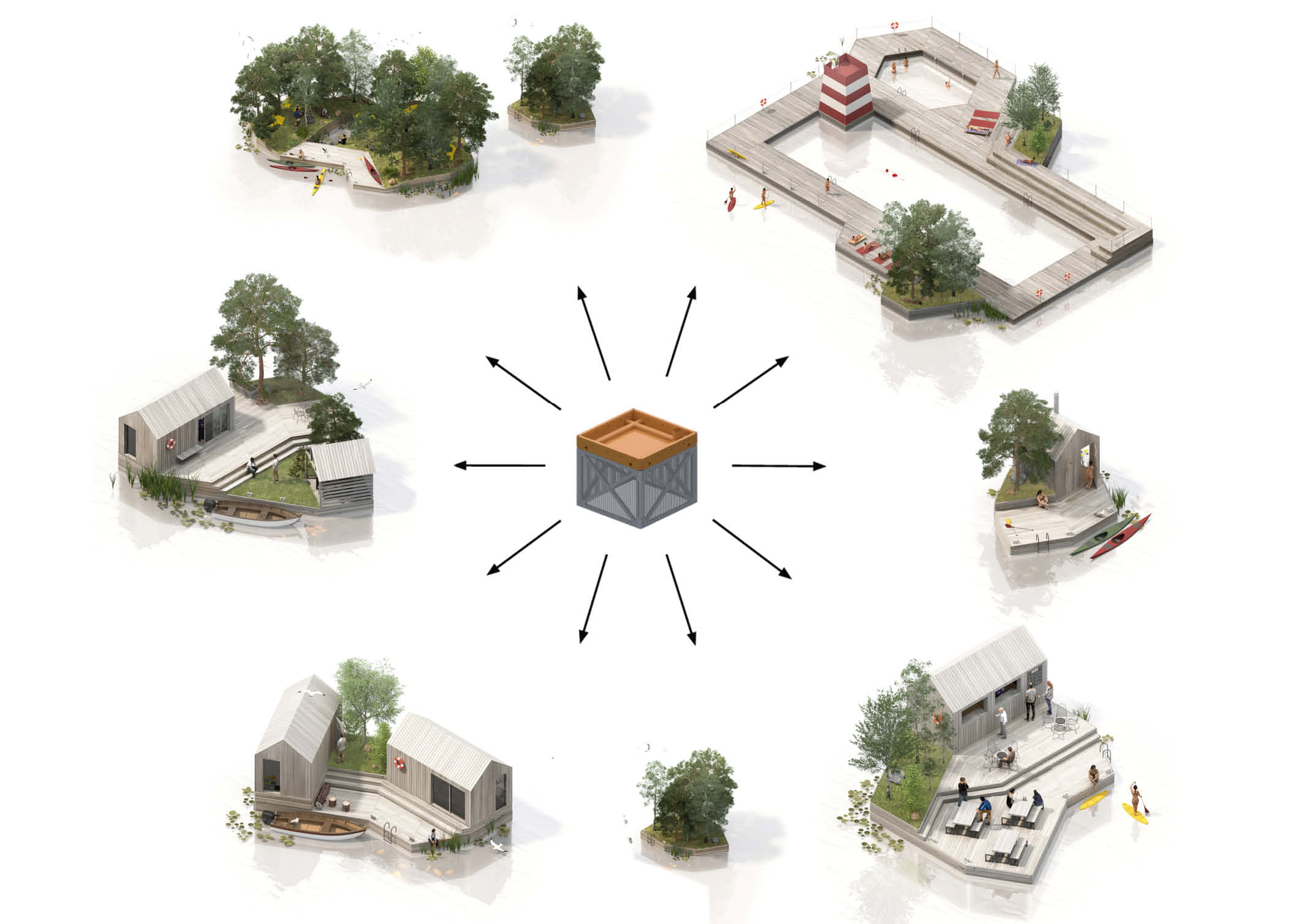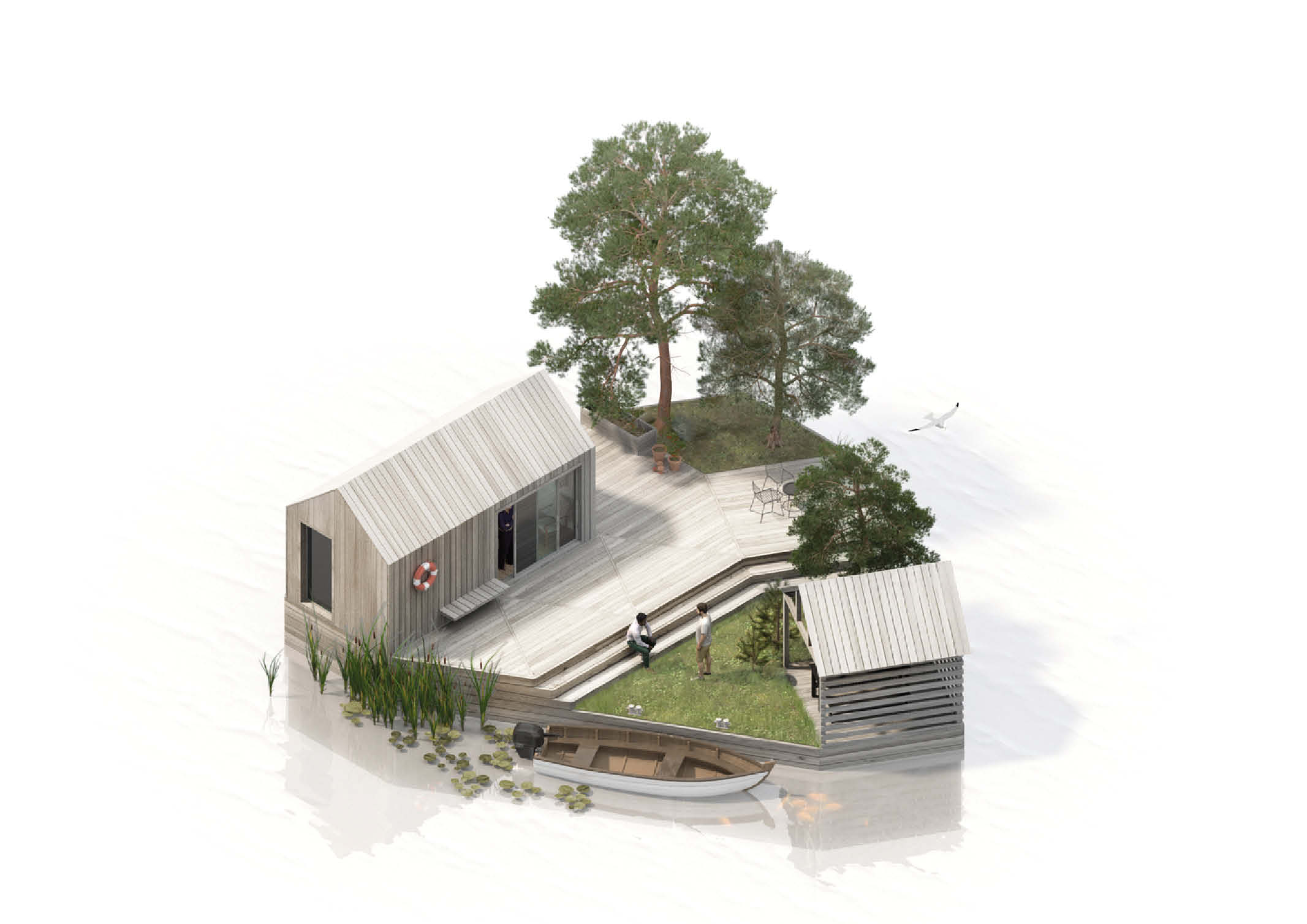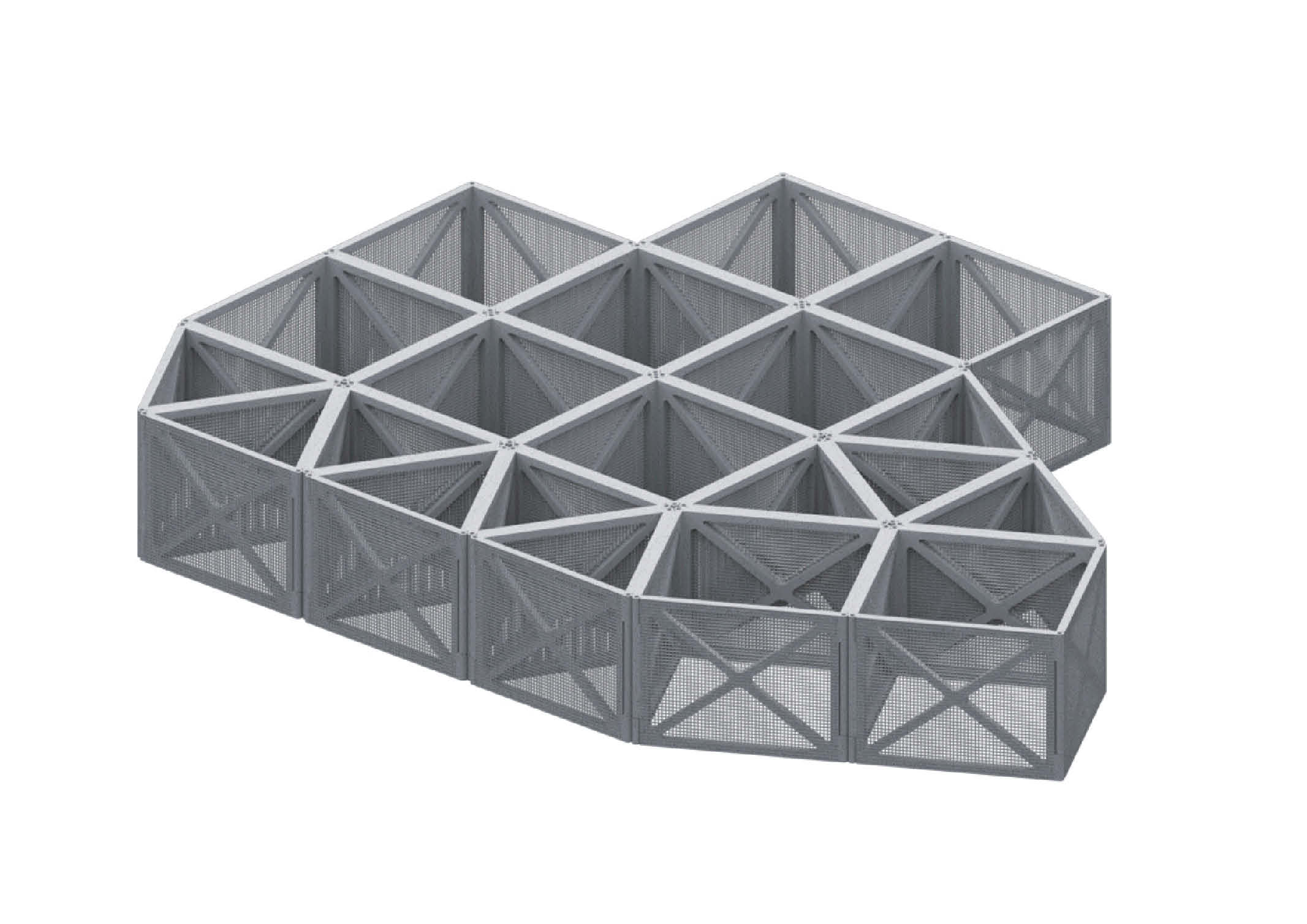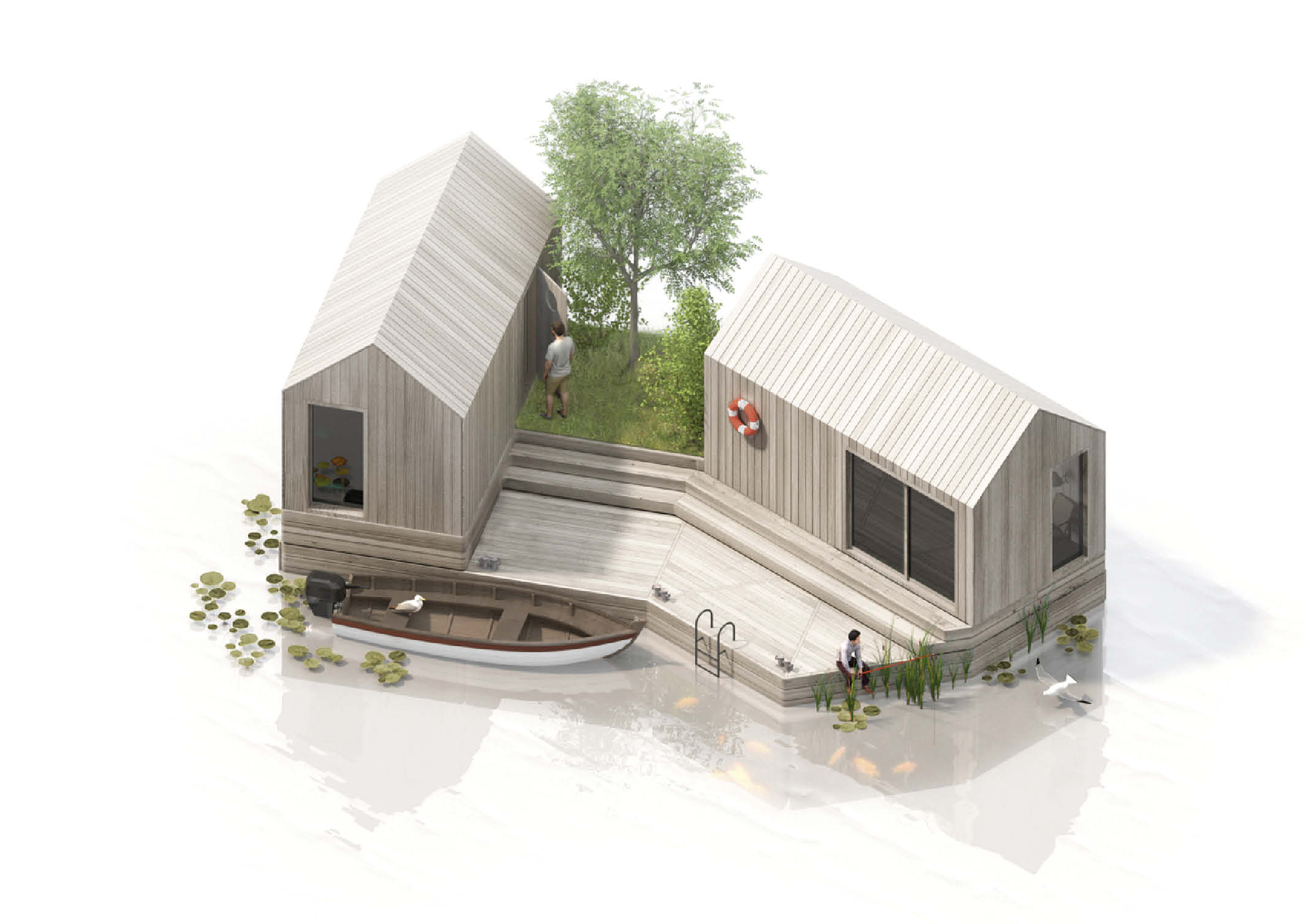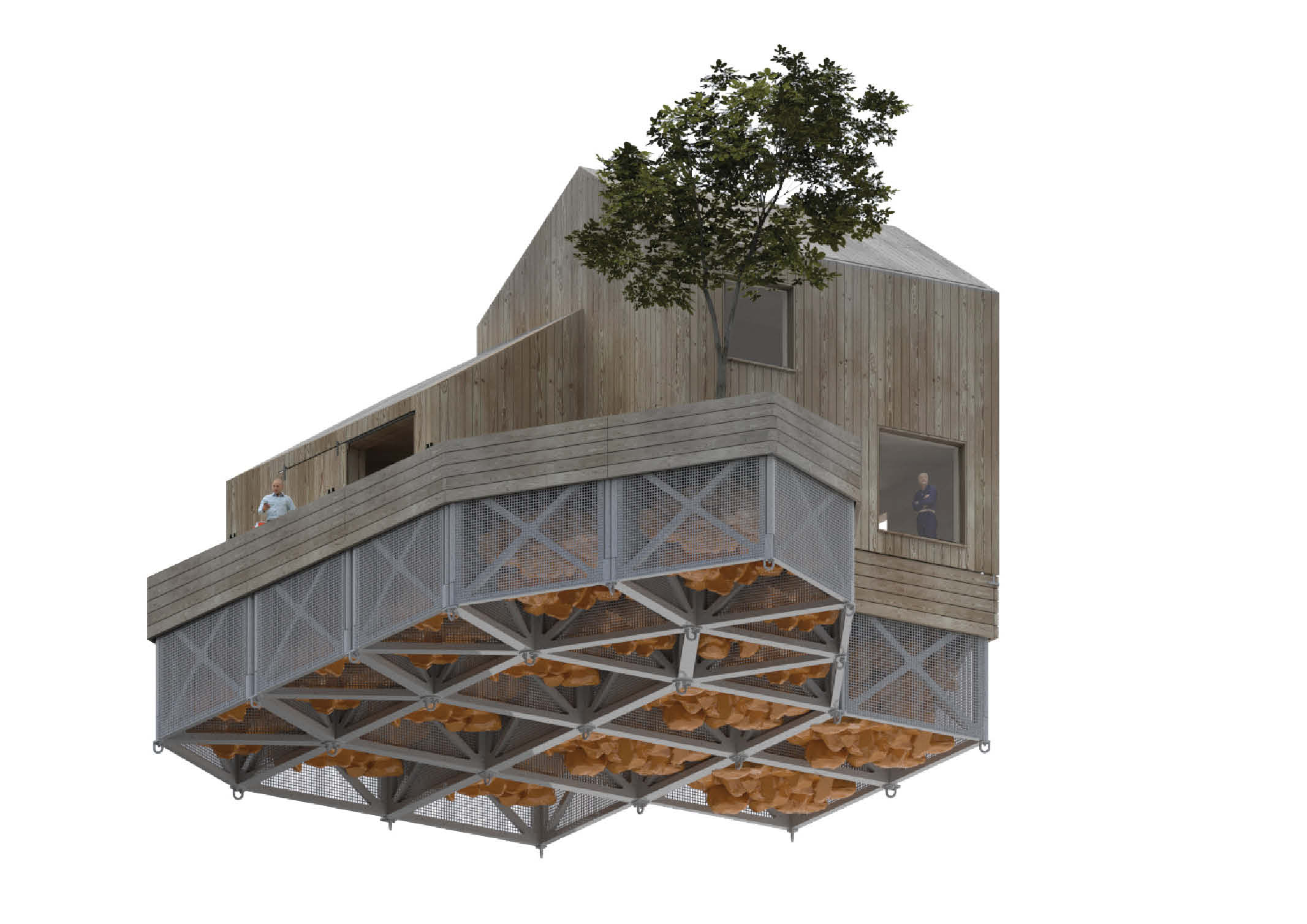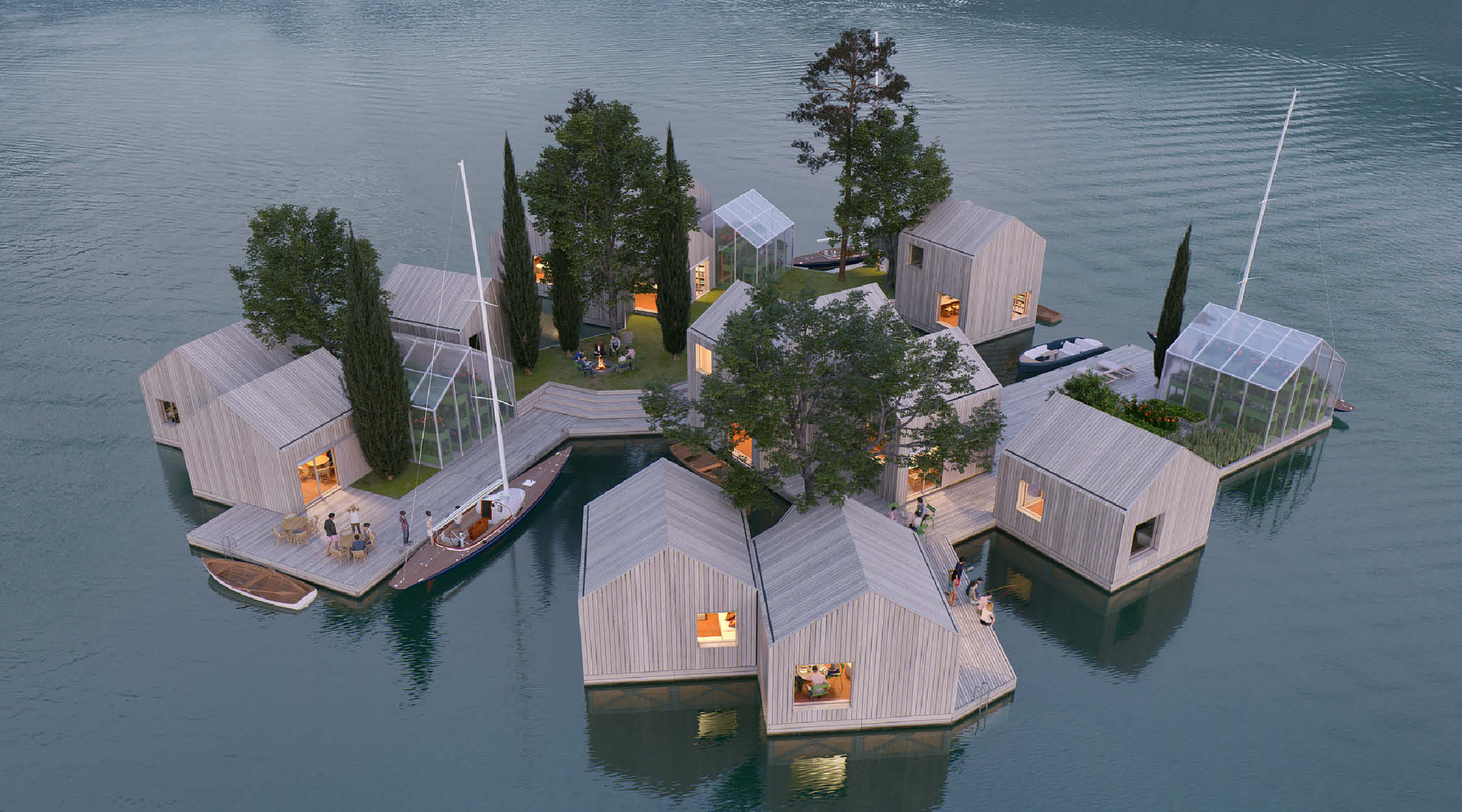
Land on Water: MAST Has Designed A Solution to Building Structures on Water
Rising sea level is one of the effects of climate change. To help combat the climate crisis, architects find sustainable ways to design structures. Danish maritime architecture studio MAST, for instance, has developed the “Land on Water” project. It is a system that provides an adaptable solution to building almost anything on water, such as floating homes, campsites, even small parks, and community centers.

According to the architects, the project is a response to the acknowledgment of rising sea levels. It also addresses the increased risks of urban flooding which has led to a growing interest in adapting architecture to be built on water.

The “Land on Water” offers a flexible and sustainable solution. It is considered as a departure point from previous solutions, which are proven to be difficult to adapt, transport, and are often using unsustainable materials like polystyrene-filled concrete foundations or plastic pontoons. Hubert Rhomberg and venture studio FRAGILE support the development of this project.
The basis of the project is flat-pack floating foundations that are easy to transport and assemble in different configurations. The system is inspired by gabio constructions, a technology that uses mesh cages filled with rubble to create low-cost foundations or walls. The flat-pack cages are made from reinforced, recycled plastic that are then filled with locally sourced, upcycled floatation materials that can support the weight of the structure.
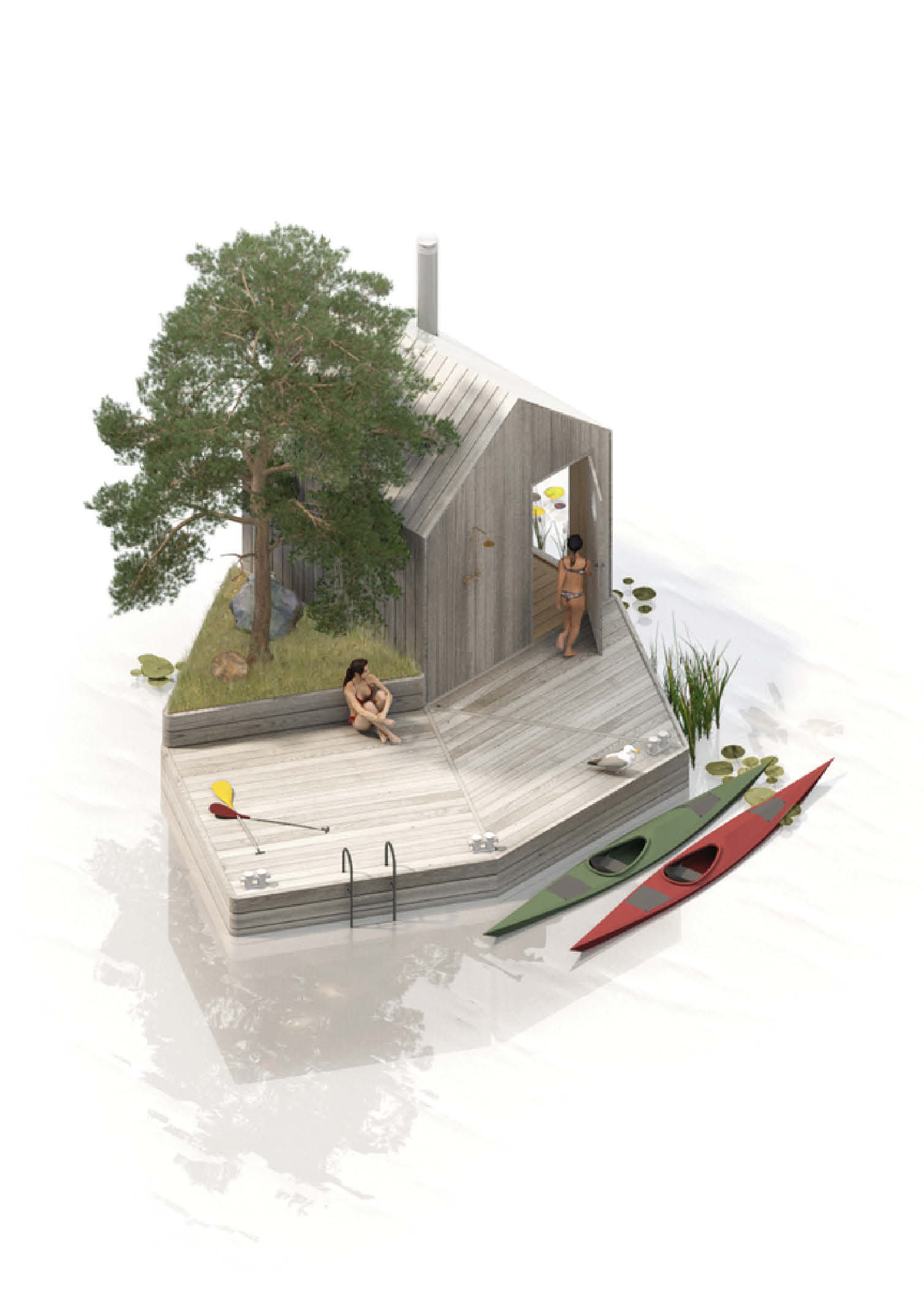
Moreover, the project promises to create sustainable solutions for both above and below water. MAST designed the floating foundations in a way that it can provide a good habitat for fish and crustaceans and at the same time can give an anchor point for Mollusca and seaweed. This contributes to enriching the biodiversity of the local ecosystem. It avoids using toxic materials like the anti-fouling paints usually used to treat steel and concrete foundations, as well.
The studio explains that the modular and adaptable character of the systems can also encourage communities to grow and develop in a dynamic and organic manner. They see this as an alternative to the large master-planned floating cities which often create rigid structures and are liable to repeat the mistakes of planners in the mid-20th century.
Photos courtesy of MAST
